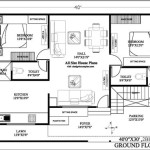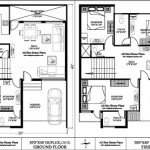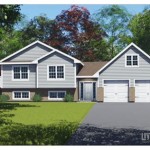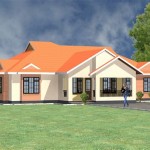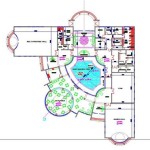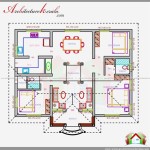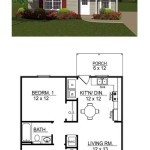Kerala House Plan And Elevation: A Comprehensive Guide
Kerala's rich cultural heritage and architectural legacy are reflected in the distinct designs of its houses. Kerala house plans and elevations have evolved over centuries, incorporating traditional elements with modern amenities. This article explores the essential aspects of Kerala house plan and elevation, providing insight into the unique features that define these elegant abodes.
Design Principles
Kerala house plans and elevations adhere to specific design principles that have been passed down for generations. These principles emphasize harmony with nature, incorporating elements such as courtyards, open terraces, and sloped roofs. The use of natural materials, such as wood, stone, and clay, adds to the rustic charm of these homes.
Exterior Elevation
Kerala house elevations are characterized by their sloping roofs, which are typically made of clay tiles or metal sheets. The roofs are designed to withstand heavy rainfall and provide shade from the tropical sun. The walls are often adorned with intricate carvings and murals, depicting scenes from mythology or nature. Traditional Kerala houses feature large verandahs, which serve as outdoor living spaces and provide shelter from the elements.
Interior Layout
The interior layout of Kerala houses is designed to promote cross-ventilation and natural lighting. Rooms are typically spacious and interconnected, with wide corridors and open courtyards. The use of wooden pillars and beams adds a touch of elegance to the interiors. The traditional "nalukettu" design, which consists of four wings arranged around a central courtyard, is still popular in many Kerala homes.
Materials and Construction Techniques
Traditional Kerala houses are constructed using local materials, such as laterite stone, wood, and palm leaves. Laterite stone is used for the foundation and walls, while wood is used for the framework and roofing. Palm leaves are used as thatching for the roofs. Modern Kerala houses incorporate materials such as concrete, steel, and glass, while still retaining traditional design elements.
Sustainability
Sustainability is a key consideration in Kerala house plans and elevations. The use of natural materials, such as wood and stone, helps reduce the carbon footprint of these homes. The sloping roofs and open terraces allow for passive cooling and natural ventilation. Additionally, Kerala houses often incorporate rainwater harvesting systems to conserve water.
Modern Adaptations
While Kerala house plans and elevations have remained largely faithful to tradition, contemporary designs have incorporated modern elements to cater to evolving lifestyles. Open floor plans, large windows, and modern amenities, such as air conditioning and home automation systems, are now common in many Kerala homes. However, the essence of traditional Kerala architecture is still preserved in these modern adaptations.
Conclusion
Kerala house plans and elevations are masterpieces of architectural design, blending tradition with modernity. These homes are not only functional but also aesthetically pleasing, reflecting the rich cultural heritage of Kerala. From their sloping roofs and intricate carvings to their sustainable design principles, Kerala houses are a testament to the creativity and craftsmanship of the region's architects.

1800sqft Mixed Roof Kerala House Design Plans Designs Floor And Elevation Model Plan Minimalist

Modified Elevation Kerala House Design Double Y Architecture

Kerala House Designs And Floor Plan With 3d Elevations Modern Plans Design Bungalow

5 Bedroom House Plans Kerala Model Home In

40 House Plan Front Design In Kerala Style 1600 Sq Ft 3 Bhk

40 House Plan Front Design In Kerala Style 1600 Sq Ft 3 Bhk

Contemporary Style Elevation Kerala Model Home Plans

Kerala Style House Plans Front Elevation

Kerala Home Plan And Elevation 1300 Sq Feet Duplex House Plans Budget Small

5 Bedroom House Plans Kerala Model Home In

